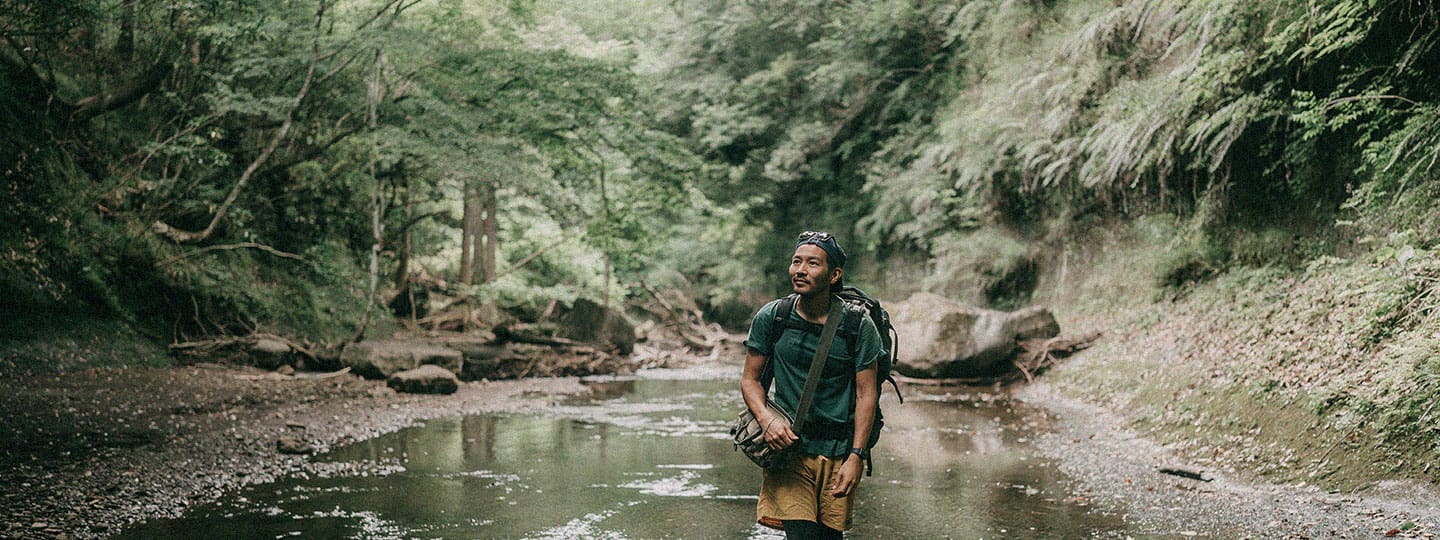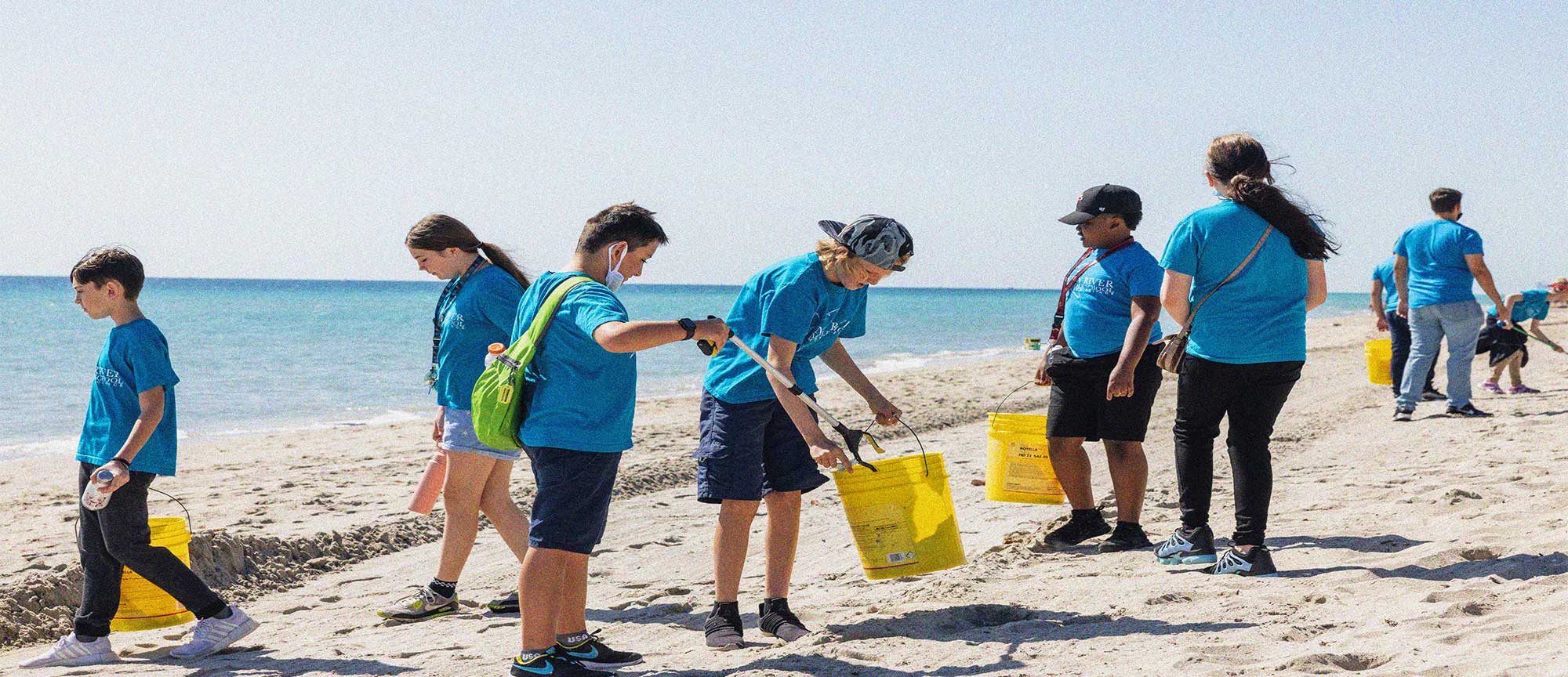The history of recycling goes back further than you might think. The first recorded use of paper recycling was in ninth-century Japan. In the 1690s, recycling came to what would eventually become the United States. A mill in Philadelphia recycled cotton rags and linen into paper sold to printers to be used in Bibles and newspapers. World War II saw a concerted effort to recycle tin, rubber, and steel for the war efforts, and it was during this period recycling became a household endeavor.
The first curbside collections began in the 1960s and eventually turned into the mechanical recycling of today. As the decades have passed, recycling has become an essential tool for managing our use of Earth’s resources, and plastics make up a big part of what we kick to the curb.
The world produces 385 million tons of plastic yearly, and 91% of that plastic never gets recycled. Even as we continue to put our recyclables in green bins and leave them out to be collected with our garbage, not everything we send away gets recycled into new products. A lot of it ends up clogging our oceans and waterways.
Let’s examine the different types of plastic we encounter daily and the proper way to recycle and reuse these materials so they don’t ruin our beautiful planet through recycling 101.
Recycling 101: Types Of Plastic
Not all plastics are created equal. The number you see on the “chasing arrows” symbol is used to identify the type of plastic, not whether it is or isn’t recyclable. In fact, out of the seven types of plastic, only two are typically recycled via mechanical technologies.
Plastic #1
- Polyethylene Terephthalate (PETE). It is the most common type of plastic.
- Where is it found? Soda bottles and salad dressing containers.
Plastic #2
- High-density polyethylene (HDPE). It’s commonly used in many applications found in your house and community, making it one of the most common forms to be recycled mechanically.
- Where is it found? Household cleaner bottles and playground equipment.
Plastic #3
- Polyvinyl Chloride (PVC). The use of chemicals makes it robust yet elastic.
- Where is it found? Shower curtains and plastic pipes.
Plastic #4
- Low-density Polyethylene (LDPE). This is one of the oldest forms of plastic you will find, even though it is not easily recycled. While safe, not many mechanical recycling plants will accept it.
- Where is it found? Shopping bags and bread wrapping.
Plastic #5
- Polypropylene (PP). Because it maintains its composition in light and heat, it’s used in many different forms of packaging.
- Where is it found? Single-serve yogurt containers and disposable silverware.
Plastic #6
- Polystyrene (PS). This plastic is cheap and can be easily formed into whatever you want, which means you will find it all over the place. You might also find it in its Styrofoam form.
- Where is it found? To-go food containers and egg cartons.
Plastic #7
- This is the category everything else gets lumped into and comprises hard-to-recycle stuff. You won’t find this plastic in bottles or containers since chemicals can leach into the contents of the package.
- Where is it found? Car parts and medical and dental equipment.




